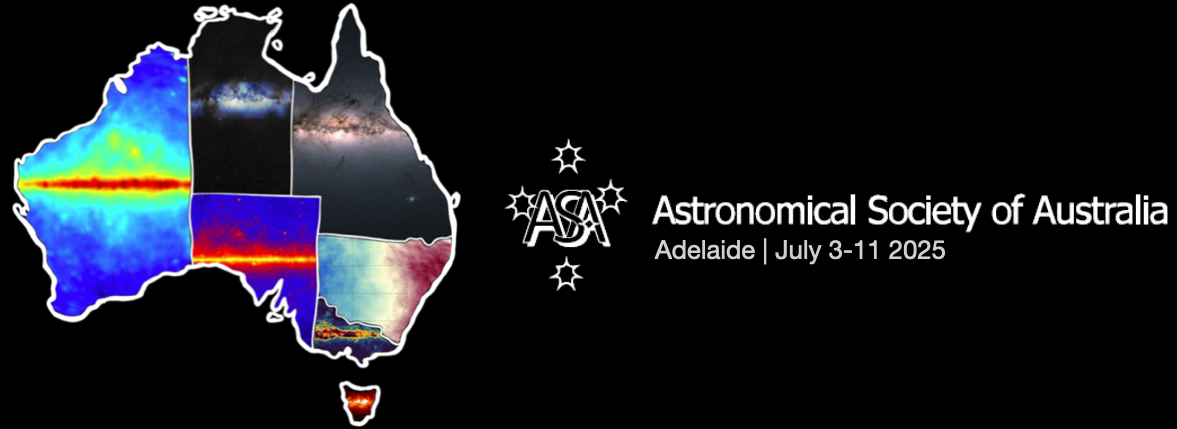Speaker
Description
Corrections for the absorption of light by interstellar dust (referred to as dust extinction) represent one of the largest sources of uncertainty for deriving properties of stars and galaxies in astronomical studies, particularly those that rely on ultraviolet (UV) wavelengths where dust extinction is strongest. The origin of the 2175Å absorption feature (the most prominent UV dust extinction feature) is still a mystery and this lack of understanding directly limits the accuracy to which dust extinction corrections can currently be made. The reason for this limited knowledge is due to the sparsity of UV extinction measurement to date, with only a few hundred sightlines being measured from all past/current facilities. Recent advancements in UV instrumentation and technologies have paved the way for the development of high-throughput UV instruments in compact form factors. The Ultraviolet Extinction Sky Survey (UVESS) is a UV spectroscopic SmallSat mission concept being developed by the Australian National University, in collaboration with the Indian Institute for Astrophysics. We are also seeking further engagement with the wider space- and scientific-communities. UVESS would map the variability in dust extinction curves and 2175Å dust absorption feature by acquiring UV spectroscopy (1400-2700Å; R~200) for thousands of sightlines across most of the sky, probing the interstellar medium in the Milky Way and Local Group galaxies. These characterisations will offer valuable insights into the composition, size distribution, and processing of interstellar dust grains. Understanding these factors are critical to developing more accurate prescriptions for dust extinction corrections in astronomical observations. In this presentation, I will outline the UVESS instrument concept and mission science goals.

